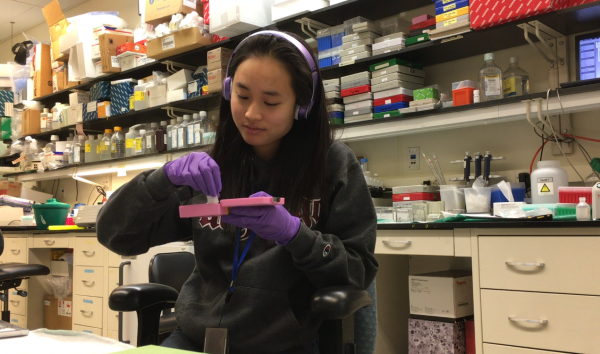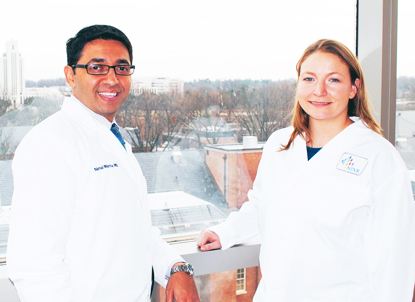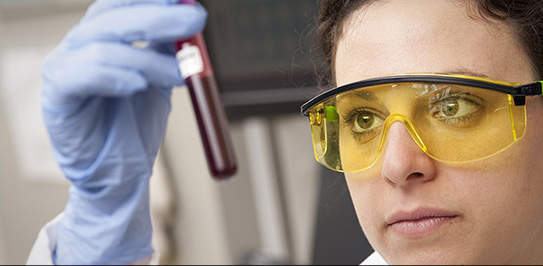What's It Like Arriving on NIH's Bethesda Campus?
We recently sat down with a handful of NIH IRP researchers and support staff to talk about what it’s like to work in the IRP. These meetings between mostly strangers who work at the same massive research campus near Washington, D.C., highlight a wonderful quality of the IRP: Everywhere you go, there are numerous other people who share a love of science and a drive to improve human health, yet also come from markedly different backgrounds and offer wide-ranging perspectives. IRP researchers who reach out to learn from their diverse colleagues and share their thoughts and experiences often find new collaborators and other rewards.








